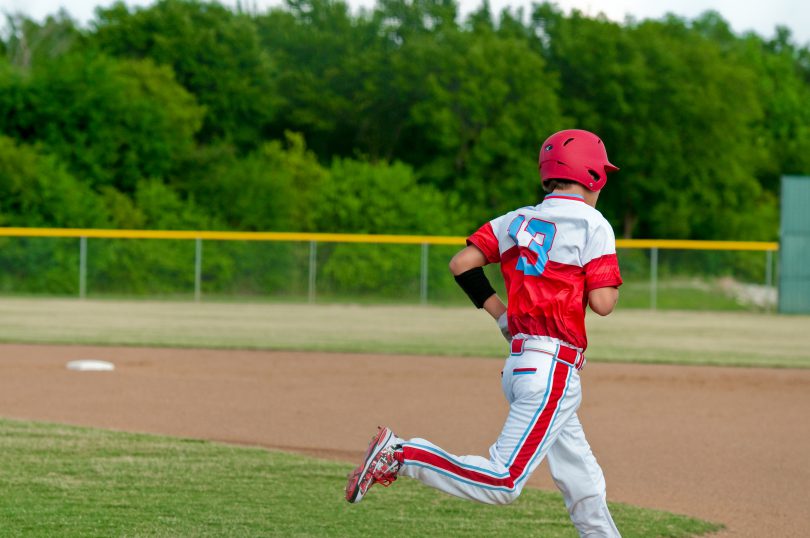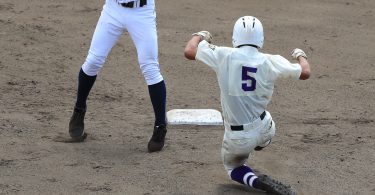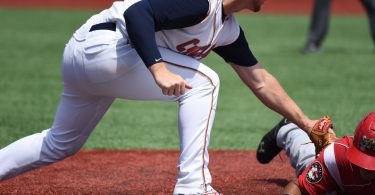The Situation:
Runner on 1st, 1 out, the offense is down 3-2 in the top of the 7th. The runner on first has average speed and the hitter has good power to the pull side. The defense knows this, so the center fielder is deep and shading towards the gap.
The Play:
The hitter blasts a ball into the left-centerfield alley. The center fielder gets a good jump and takes off at full speed back into the gap. The runner at first can’t tell if the center fielder is going to get to the ball, or if it’s going to drop, so he goes about half way to second and stops, watching to see what happens. The ball drops just beyond the center fielder’s glove. The runner from first takes off for second, rounds the bag and goes to third, but is held up because the third base coach doesn’t want to risk a close play at the plate. The hitter makes it to second with a double.
The Outcome:
With runners on second and third and 1 out, the defense walks the next hitter intentionally, then gets a double play ball that ends the inning and maintains the lead.
What Went Wrong?
The ability to score from first on a double like this hinges on the base runners comfort in getting as far off the bag as he can. When a ball is hit deep into the gap, especially when the outfielder is running away from the infield, going only halfway to the next base is not the right option for a base runner. There is no way that an outfielder is going to make that catch, stop his momentum, and make a throw all the way back in to double the runner off first. In this play, the runner immediately has to recognize the situation, and has 2 real options.
- He can extend to a few steps from second base, maintaining momentum carrying him towards the second base bag as the ball comes down. That way, if the ball drops, he can maintain momentum and get a good push off of second to get up to full speed as quickly as possible. If he does this, not only has he gained a crucial extra 45 feet, but he’s at his top speed almost immediately. If the ball is caught, he can use second base as a tool to stop his momentum easier and get a good push heading back to first.
- He can extend as far as he can go, which will likely be at second or past second. This gives him an additional 45-50 feet towards home where he can wait and see what happens. Should the runner extend past second, he will just have to be sure to re-touch second on his way back to first, should the catch be made. If he cuts straight back to first without retouching second base, the defense can appeal to second base, and he will be called out.
We like using the momentum and base to the runners advantage in option 1, but this would be a good conversation for you to have with your coach. Either way, the heads-up base running turns into an easy run for the offense and ties the game.
As a base runner, it’s important to use every advantage you can get, especially in late inning situations. Gain as much ground as you can, and be aggressive on the base paths. 90-foot victories are huge. Look for them and take advantage of them. See them as situations develop. Think your way around the bases. Think the game.







